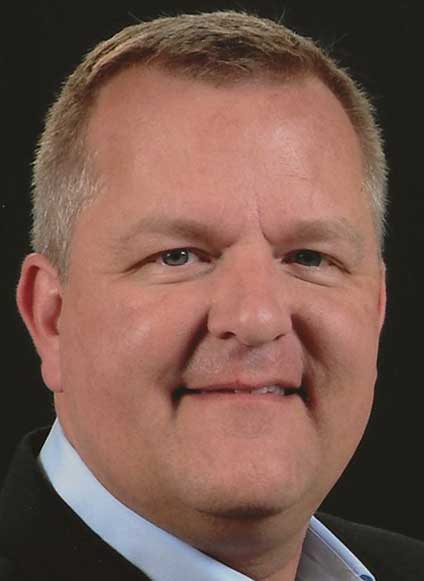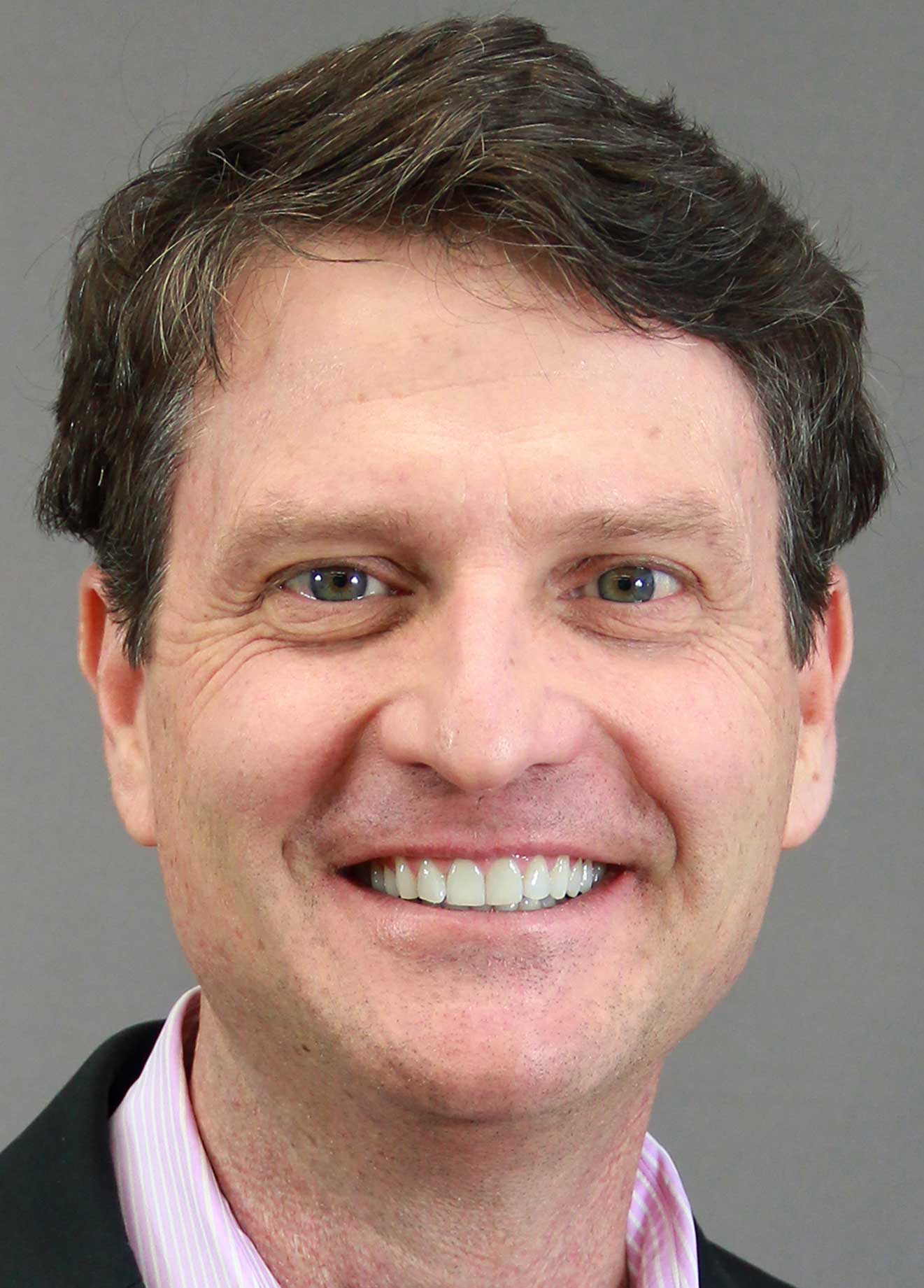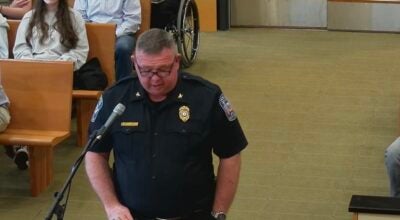Centra: We have enough beds
Published 6:00 am Thursday, April 2, 2020
|
Getting your Trinity Audio player ready...
|
Centra shared some encouraging and informative details on the potential peak number of COVID-19 cases in Virginia during a live video press conference Tuesday, March 31.
Officials also shed light on what people in the area can expect if they go to the hospital with the coronavirus, and officials also shared information that could help explain why Gov. Ralph S. Northam’s Stay-at-Home Order extends all the way to June 10.
Centra President and CEO Dr. Andrew “Andy” T. Mueller said he and his leadership team have been studying epidemiological models to help them plan for how COVID-19 will impact Virginia and Centra’s service area.
One model in particular Mueller said he and his team have been looking at was recently referenced by President Donald Trump’s team. The model came from the University of Washington and was produced by Dr. Christopher Murray, and Mueller said it states a couple interesting things that Centra believes are worth noting.
“It appears that in Virginia, we’re both going to have a peak that won’t be as large as is being experienced in other states — and we’re grateful for that — (and) at the same time it also indicates that our peak is going to occur as much as a month later than many other parts of the country,” he said. “So we expect that the peak number of cases and peak demand for hospital(s) with services will occur sometime in mid-May and that we won’t really fully see ourselves exit the first wave of COVID-19 until the end of June.”
He said part of Centra’s challenge is to keep both its health system and communities alert until hospitals really start to see more cases. Centra expects the increase to continue to occur gradually through the rest of the month, picking up much more significantly toward the end of April.
Dr. Murray’s study included a couple other pieces of data Centra believes are worth considering, Mueller said.
“One of them is that overall for the state of Virginia, there is a belief and a point of view that there will not be excess demand for hospital beds,” he said. “So in other words, we’re going to have enough hospital beds overall to meet the demand for patients with COVID-19, if this model is accurate.”
He noted the model indicates there will be a slight excess of demand for intensive care unit (ICU) beds, in the 8-21% range. And then at peak, the total ventilator requirement for the entire state is going to be slightly more than 400 at a given time.
Mueller said the total demand for ICU beds in the state will be roughly 500, according to the model.
Then he put Centra’s service area in perspective compared to the entire state. Centra serves about 500,000 people in a state of 8.5 million — so roughly 5% of the state population.
Next, Mueller explained Centra’s contingency planning as it relates to having hospital beds for patients with COVID-19.
This planning is focused on Centra Lynchburg General Hospital and the Lynchburg area, which indicates that if someone in the Farmville area has the coronavirus, they would ultimately be transported to Lynchburg.
“Our plan is, as much as possible, to try to cohort COVID-19 patients at Lynchburg General,” Mueller said, from Lynchburg. “We think that we’ll be able to offer more specialized care to those patients here. Now, if we needed to, I think we’d probably have some expansion opportunities utilizing some existing rooms that aren’t directly used for patient care today, but our primary focus is going to be expanding the campus in Lynchburg.”
Outlining the contingency planning, Mueller said that as of Tuesday, Centra had 36 dedicated hospital beds, non-critical care beds, that it believes will be effective for caring for patients with COVID-19.
“We have the ability to flex easily, without much effort, to 36 additional inpatient beds, if we need to,” he said. “In addition to those inpatient beds, we’ve also got, at present, 20 available intensive care beds that we can use for COVID-19 patients. And then if we had to, in a contingency, we could up that number to an additional 36 beds in our stepdown unit that could be converted to ICU beds fairly quickly and easily, without much effort.”
He said that in addition to those bed counts, Centra has access to — within its health care system — effectively 100 ventilators or machines than could provide ventilatory support today, with six more set to arrive in early May. Seven more could be recalled from educational facilities, if needed.
Mueller said Centra is going to make sure it is over-prepared for what it may face, adding that it could turn to other nearby facilities in the event of a crisis to support an additional amount of more than 320 patients.
“We believe we’re going to have more than adequate capacity to care for patients in our community who may be infected with COVID-19,” he said.
Centra Chief Medical Officer Dr. Chris Thomson spoke on a couple different topics during Tuesday’s press conference, including testing.
“In terms of testing, we’re fortunate to be — as compared to many other health systems and many other regions in the state — relatively in a good place with the ability to test,” he said.
There are still constraints, though, he noted. Looking ahead to a peak volume of patients in mid-May or beyond, both how Centra uses its tests now and how it uses its tests over the coming months are highly significant decisions.
Thomson said the bottleneck with testing right now is actually the time it takes to get the results back.
“We’re seeing increasingly that the more tests within the state that are sent out, the more 10-day, 11-day turnaround times that we have, and that duration is almost an entire 14-day quarantine,” he said. “So that’s really one of the challenges that we’re bumping up against as we talk about testing.”
He said Centra continues to put together a plan to offer as much testing as possible, both with Centra’s state capabilities with the University of Virginia and enacting and putting in place and investigating all the upcoming tests and capabilities that are out there, including rapid turnaround testing.
Thomson noted that in the hospital, there are testing protocols that are embedded within Centra’s electronic health records that are guiding Centra’s health care system and its providers, helping them know when they are dealing with a patient they need to test.
“We continue to test at all of our sites from an ambulatory standpoint,” he said, adding that this includes the emergency department at Centra Southside Community Hospital.
He said each site has a drive-thru setting and a tent as well to support testing.
“There is still a requirement for a contact or a travel to a specific area for that testing,” he said. “That is a fluid situation. We reevaluate that every day in accordance and with a view toward what we just talked about previously, which is the availability of those tests and the ability to get results on those tests.”






